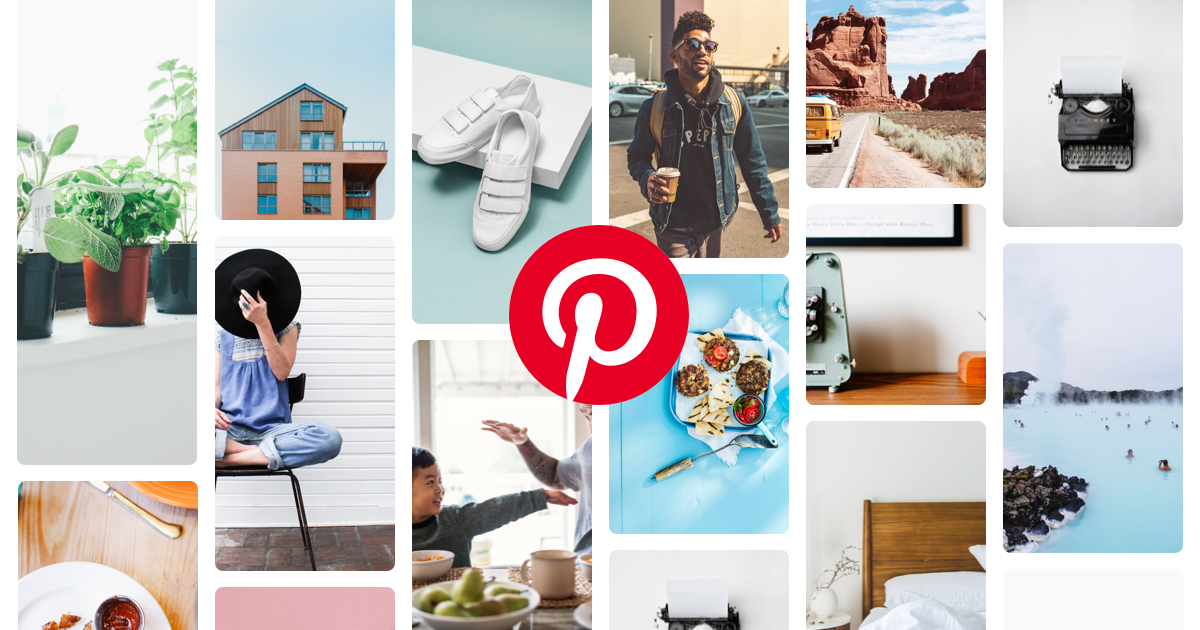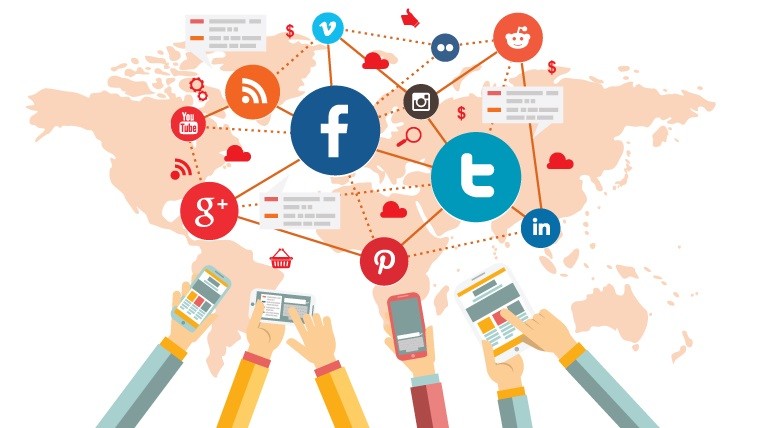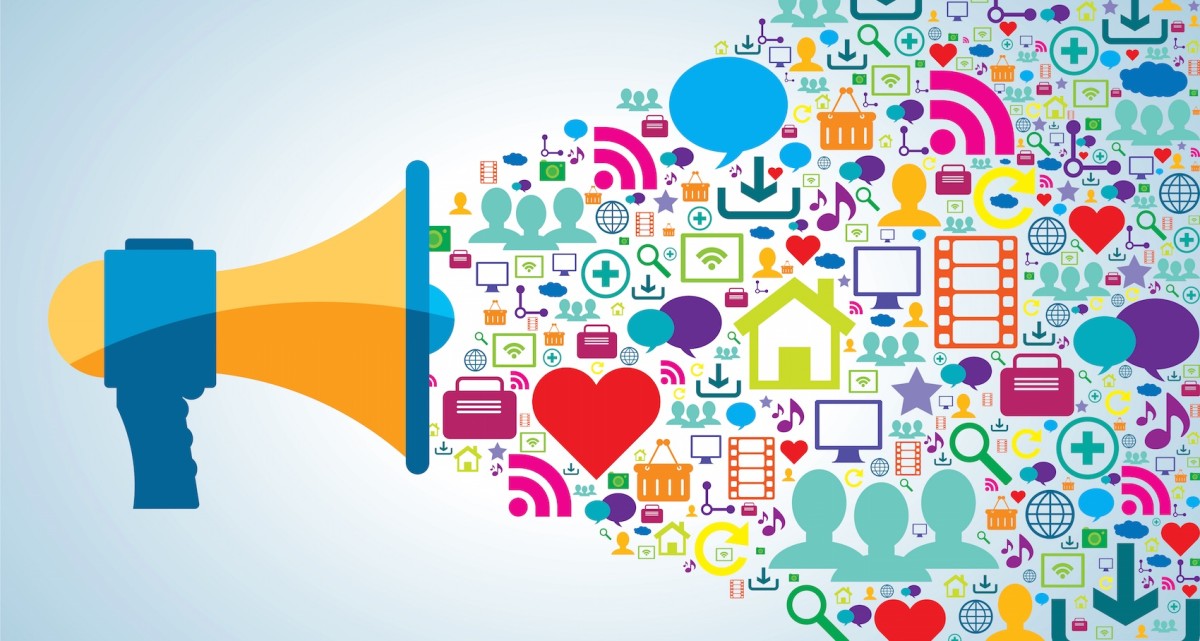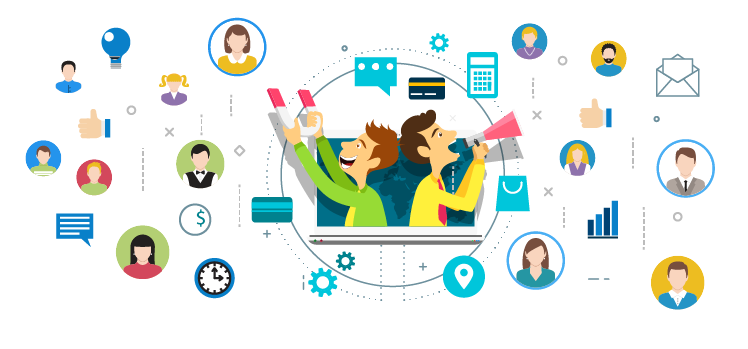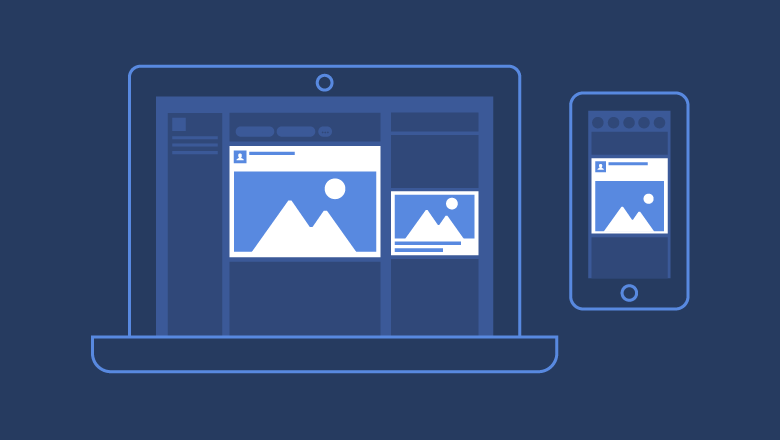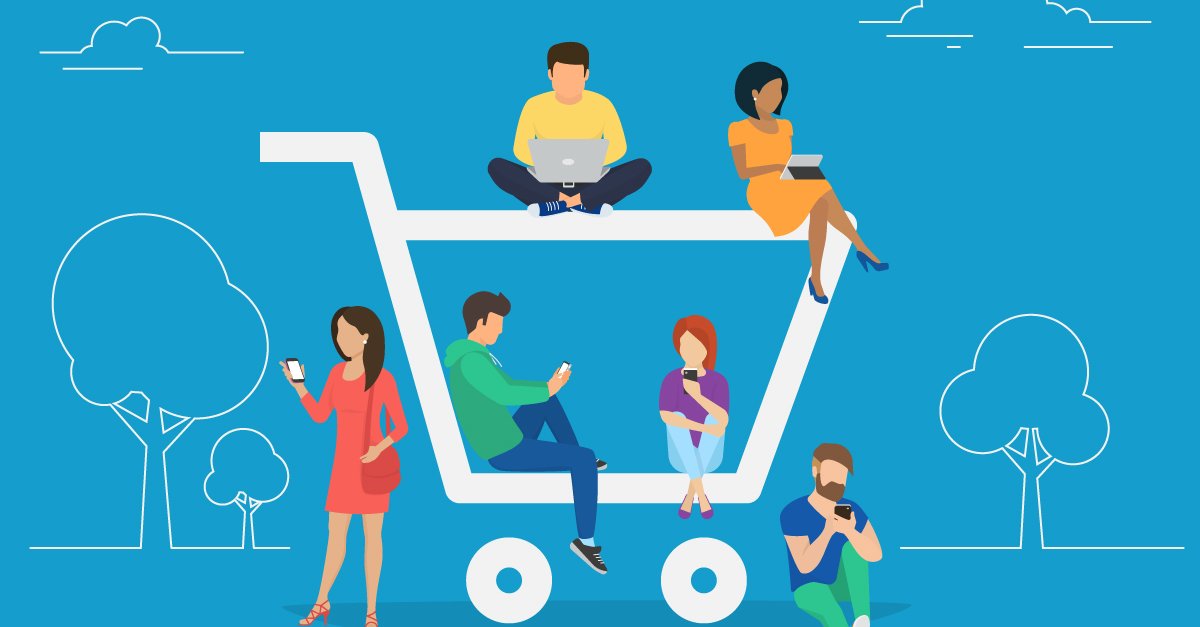
This blog posts breaks down features vs benefits and highlights the number one reason why you don’t make sales online.
If you are struggling to make sales online the chances are that it comes down to one very simple reason: that is, you are failing to communicate precisely why your customers should pay attention to what you are trying to sell and the value you have to offer. The reason for this is if your customers don’t pay attention and don’t care about what you have to offer, they won’t buy your product or service. It’s simple really.
This is where so many businesses go wrong and lose so many potential customers by focusing solely on features and ignoring the benefits. But, we are getting ahead of ourselves here… plus, we don’t want to completely ignore features because, as with anything, there is a time and place for them. So what are the key differences between a benefit and a feature?
What’s the difference?
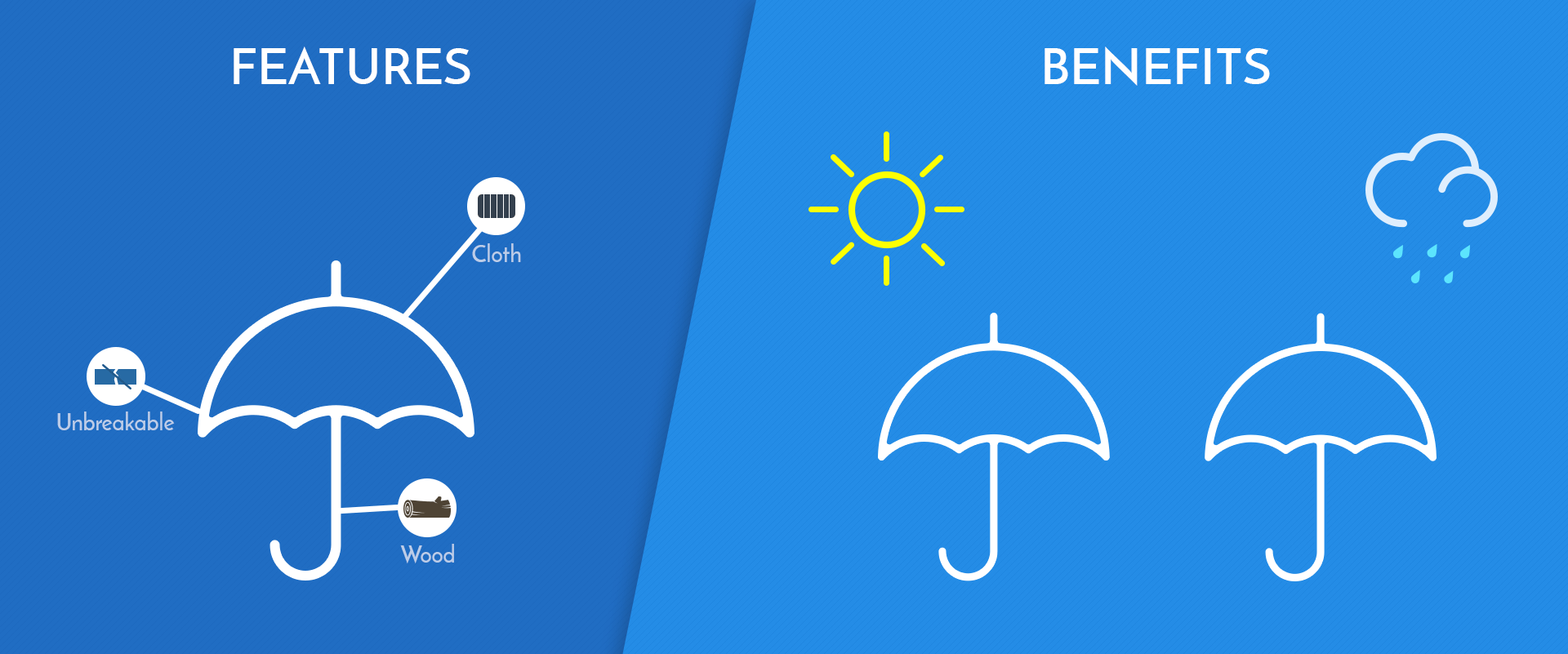
The simplest and most clear way to put it is that a feature is what it does and a benefit is what it does for you. A feature is about the product: what colour it is, how much it weighs, how fast it goes, and things like that. A benefit, on the other hand, is about the customer: how it will make them safer or smarter or cooler or add value to their life in some way.
The feature is what enables the benefit, but it’s not the feature that they really care about. Rather, it’s the benefit and the end-result that they’re going to get from the feature in the first place. This may be a little confusing, so let’s break this down a little further…A feature is something you are proud of as a business but the benefits and the end-result is where the magic happens for the customer.
For example, a coffee cup has a handle, but the fact that you can hold the handle and basically hold a hot cup of coffee without burning your hands is the benefit. Another example would be a pen: a pen has a removable cap (a feature), but the fact that you don’t get ink all over yourself when you carry it around is a benefit.
Make Them Care
Where most businesses get into trouble is that they’re so proud of their coffee cup handle or removable pen lid that they ramble on about features and completely forget about the end customer and what kind of value that’s actually going to deliver for them. A customer doesn’t care about the coffee cup handle, they just care about not burning their hand. So how can you take a boring feature and turn it into a customer centred, sales-boosting benefit
The Feature to Benefit Transition
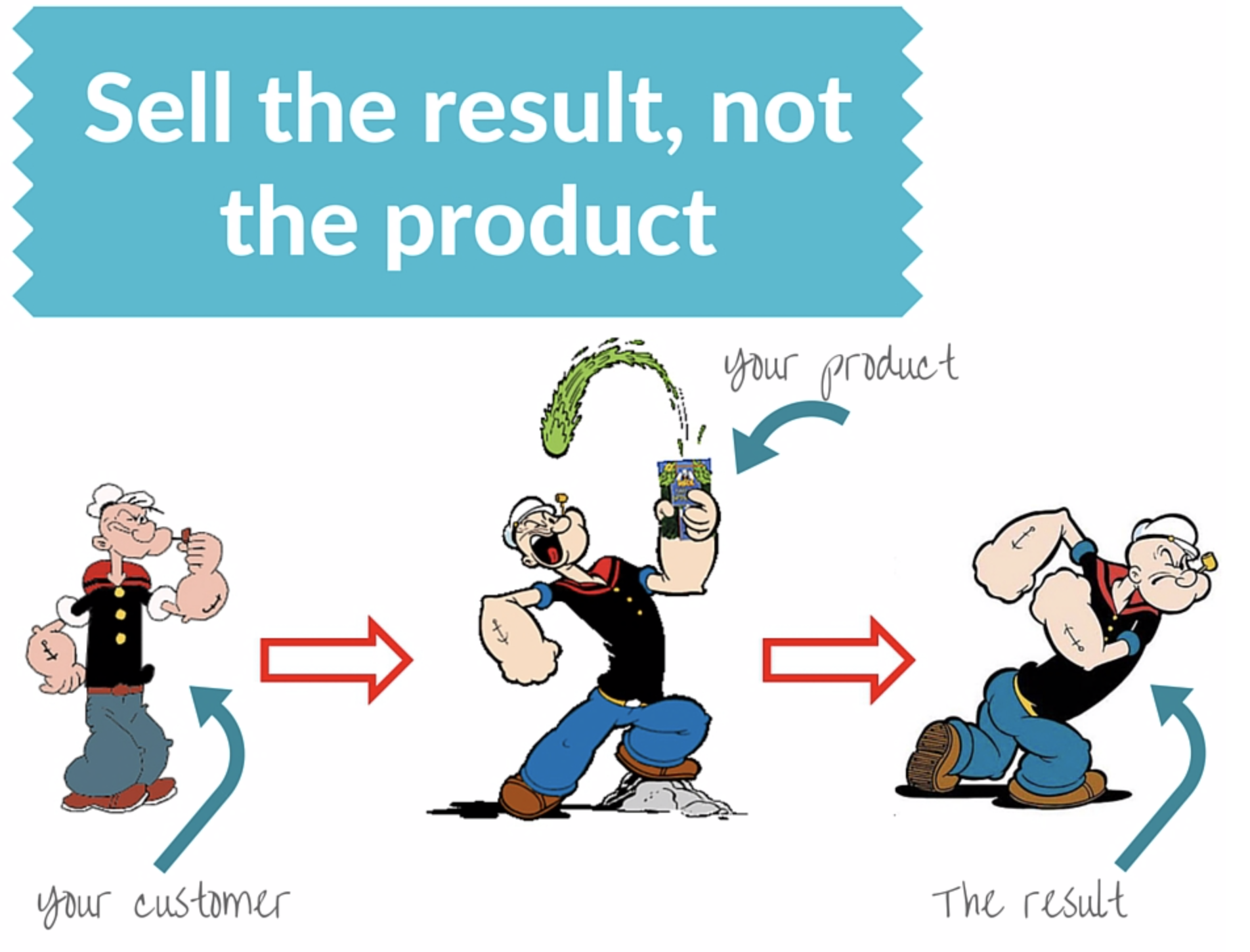
“So you can ____”
This simple line is the best way to transition your feature-focused approach into a benefit-focused approach.
For example, let’s take the coffee cup. The feature, as you already know, is the comfortable handle (don’t worry, this isn’t a blog post to sell you a new coffee cup!). The way to turn that into a benefit is by adding “so you can” at the end. Here’s what I mean: the feature is that it has a nice comfortable handle, so you can hold a hot cup of coffee without burning your hand.
The beauty of this powerful “so you can” statement is that it works pretty much every time and it allows you to ease the transition away from pushing feature after feature, and start promoting more of the benefits associated with those features.
Importance of Features
Having said that, you may believe that I don’t think features are important at all. But on the contrary, they’re actually an incredibly important part of the equation and you really can’t get too far without both benefits AND features. Here’s why…. For starters, a benefit that doesn’t have a feature sounds kind of unbelievable and it’s just a claim without having anything to back it up. Essentially, saying that your product or service will make someone cooler or smarter without saying what features deliver these benefits simply sounds you’ve made it up on the spot – and that is bad marketing.
Another factor is that customers make buying decisions emotionally, but then they justify those decisions later rationally and logically. This is why you need both. You need the benefit to appeal to the emotional side of your customers, but then you need that feature to allow them to justify and rationalise their decision logically. You need features to explain, setup and justify the benefits… and benefits to show the end result, paint a more compelling picture, and ultimately make customers care more.
